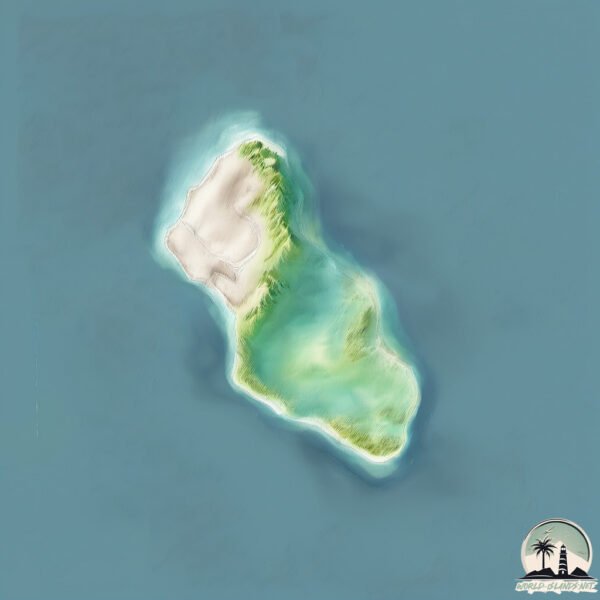Welcome to Tori-shima , a Temperate island in the Eastern China Sea, part of the majestic Pacific Ocean. This guide offers a comprehensive overview of what makes Tori-shima unique – from its geography and climate to its population, infrastructure, and beyond. Dive into the details:
Geography and size of Tori-shima
Size: 2.109 km²Coastline: 9.1 kmOcean: Pacific OceanSea: Eastern China SeaContinent: Asia
Tori-shima is a Small Island spanning 2.1 km² with a coastline of 9.1 km.
Archipel: Ryukyu Islands – A chain of Japanese islands stretching southwest from Kyushu to Taiwan, known for their unique Okinawan culture and subtropical climate.
Tectonic Plate: Okinawa – Located in the East China Sea, near the Ryukyu Islands and Taiwan, it’s involved in the subduction zone between the Philippine Sea Plate and the Eurasian Plate.
The geographic heart of the island is pinpointed at these coordinates:
Climate and weather of Tori-shima
Climate Zone: TemperateClimate Details: Humid Subtropical ClimateTemperature: Hot Summer
Climate Characteristics: With continuous rainfall and hot summers, this climate is common in some coastal regions, supporting diverse vegetation.
Topography and nature of Tori-shima
Timezone: UTC+09:00Timezone places: Asia/TokyoMax. Elevation: 97 m Mean Elevation: 85 mVegetation: Sparse VegetationTree Coverage: 27%
The mean elevation is 85 m. The highest elevation on the island reaches approximately 97 meters above sea level. The island is characterized by Plains: Flat, low-lying lands characterized by a maximum elevation of up to 200 meters. On islands, plains are typically coastal lowlands or central flat areas.
Dominating Vegetation: Sparse Vegetation
Vegetation: 5 vegetation zones – Highly Diverse Island
Infrastructure and Travelling to Tori-shima
Does the island have a public airport? no .
Does the island have a major port? no .
The mean population of Tori-shima is per km². Tori-shima is . The island belongs to Japan .
Continuing your journey, Okinoerabujima Island is the next notable island, situated merely km away.
Tori-Shima by Dick Schoof
The sky darkened as in the middle of a summer thunderstorm. Millions of birds had taken to the air after the first shell had landed ...
Tori-Shima by Dick Schoof
The sky darkened as in the middle of a summer thunderstorm. Millions ...
The sky darkened as in the middle of a summer thunderstorm. Millions of birds had taken to the air after the first shell had landed ...
One day in Torishima, Japan.
Many Short-tailed Albatrosses and Black-footed Albatrosses, ...
Many Short-tailed Albatrosses and Black-footed Albatrosses, Wedge-tailed Shearwaters.
Minami-Tori-shima, Japan, (z+c) sea level rise -135 - 65 m
The video zooms in on the area around Minami-Tori-shima in Japan, on ...
The video zooms in on the area around Minami-Tori-shima in Japan, on an altitude-colored, relief-shaded map with present ...
Japan is classified as Developed region: G7: Group of Seven – Major advanced economies, including Canada, France, Germany, Italy, Japan, the United Kingdom, and the United States. The level of income is High income: OECD.
News – Latest Updates and Headlines from Tori-shima
Stay informed with the most recent news and important headlines from Tori-shima. Here’s a roundup of the latest developments.
Loading...
Please note: The data used here has been primarily extracted from satellite readings. Deviations from exact values may occur, particularly regarding the height of elevations and population density. Land area and coastline measurements refer to average values at mean high tide.

